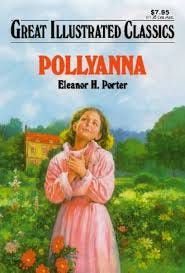

In the last couple of years, The Beldingsville Beacon has looked at all fifteen of Eleanor Porter’s published novels. One book, Pollyanna, became a stupendous success and remains popular after more than a century. Not so the others. We have some ideas about what made Pollyanna exceptional. Here is one:
Other Porter novels advocate social reform, but Pollyanna does not.
Pollyanna first appeared as a serial story (1912-1913) in The Christian Herald, a Protestant monthly magazine where Eleanor published short stories and serialized some of her novels. Reform was in the air. It was the Progressive Era (approx. 1890-1915), and the The Christian Herald advocated the Social Gospel.
The Social Gospel movement (1880-1925) sought to remedy a broad array of social ills produced by the Gilded Age, including poor working conditions, child labor, and illiteracy. Focusing on "social sins,” Social Gospelers promoted justice and equal opportunity in society.
When Pollyanna was written, the Social Gospel had not yet been clearly defined in theological terms, consequently, the movement attracted many faiths and denominations — all united by utopian notions of God’s Kingdom on Earth.
… Christians must work to restructure the society so that justice, freedom, equal opportunity, brotherhood and service could flourish. Social Gospelers exhorted Christians to stop focusing only on individual sins and to recognize the devastating impact of more complex social sins.
—Source: ARDA (Association of Religion Data Archives) [Emphasis added]
But, doesn’t it seem that the focus of Pollyanna assumes the old-fashioned “individual sins” theology instead of the trending “social sins” theology that we see in most of Eleanor Porter’s books?
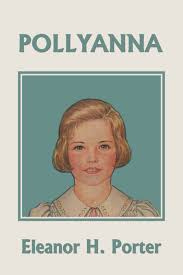

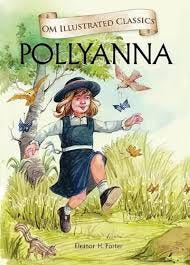
The Social Gospel versus the Glad Game
In twelve of fifteen books, Eleanor Porter, a Congregationalist, focused on the Social Gospel’s “complex social sins” — THREE of EHP’s books depicted the abuses of Child Labor: Cross Currents, The Turn of the Tide, and The Story of Marco.
SIX of EHP’s books advocated for Settlement Houses for women at risk: Miss Billy, Miss Billy's Decision, Miss Billy Married, Pollyanna Grows Up, and Oh, Money! Money!
In THREE other books, Eleanor advocated occupational training for the Blind (Dawn), deplored the effect of Divorce on families (Marie Marie), and showed how mixing Social Classes affects love and marriage (The Road to Understanding).
But, in Pollyanna we do not visit children in sweatshops, or families in slums. Instead, we visit rural Vermont and small-town folks. We meet people in distress but not as victims of social injustice. Their difficulties are resolved by the Glad Game (plus happy coincidences/ surprise revelations).
Pollyanna does not tell society to fix the rules.
Rather, Pollyanna shows people how to fix themselves.
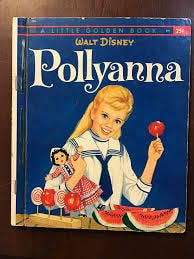
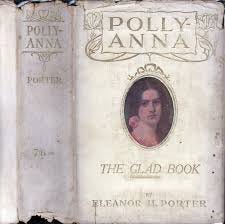

The story could not be told like the others.
We see that Eleanor Porter wove “reform” stories into books that were about musicians, debutantes, orphans, etc. But, to tell the story of a ten-year-old orphan who shows people how to be happy, a different approach was necessary! The difference is that Pollyanna’s “reform” is personal and not societal.
Plots that promote societal reform (or sub-plots as in EHP’s fiction) are shaped like a three-person triangle: Victim, Oppressor and Rescuer. They tell how a virtuous victim was abused by a person in power and is rescued by a third party who grants relief to the victim. Conflict and antagonism are essential to this story. The triangle assumes that life is a “zero sum game” — only one side can win. So, when the do-gooder wins, the greedy bully loses, and vice-versa. This black and white approach to problems was effective in exposing the flagrant injustices of the age.
Pollyanna is entirely different. Antagonism is muted. The “glad game” is not a “zero sum game” The conflict in Pollyanna is not between individuals or social systems; it comes from people resisting the little girl’s message. The antagonist is not found in society. Rather, it is negative emotions — depression, pessimism, hypochondria, anger, etc. — that are the oppressors.
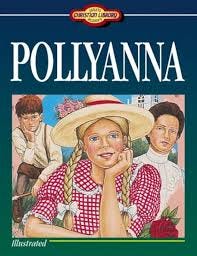
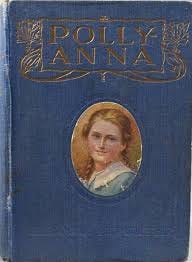

To get the message across, EHP created amusing situations that show the child teaching her glad Game. The plot of Pollyanna is frictionless, in that readers are asked only to confront melancholy individuals and to see them cured by Pollyanna’s Glad Game. We are not lectured on society’s failings, nor made to feel guilty for our inaction; thus unburdened, we are open to the Glad Game without distraction.
Eleanor Porter shows that individuals can solve their own problems without Charities, Churches or Governments. She reminds readers that not all of our problems lend themselves to the Progressive solutions. Does this absence of advocacy help to explain the Pollyanna phenomenon? (Comments welcome!)
In our next Beldingsville Beacon we further speculate about Pollyanna’s success with a look at the Glad Game. What Makes Pollyanna Special Part Two
Illustrations: Google images.
Copyright © Jim McIntosh 2024





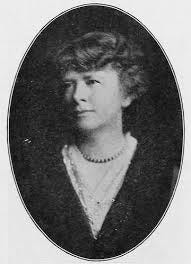
I have never known a writer to be so familiar with an author or a subject as you exhibit in all your installments about Porter and Pollyanna and adjust perspectives in regards to narrow and changing social mores. This once seemingly innocent story has taken on so much more intrinsic meaning and with your most recent observations I am going to read Pollyanna for the first time.